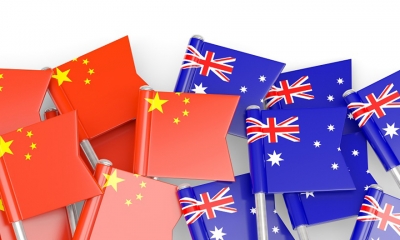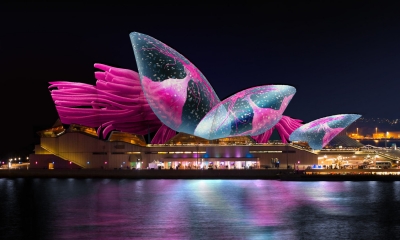Premier Li Qiang’s Visit to Australia: Sustainable Cooperation While Keeping Major Differences
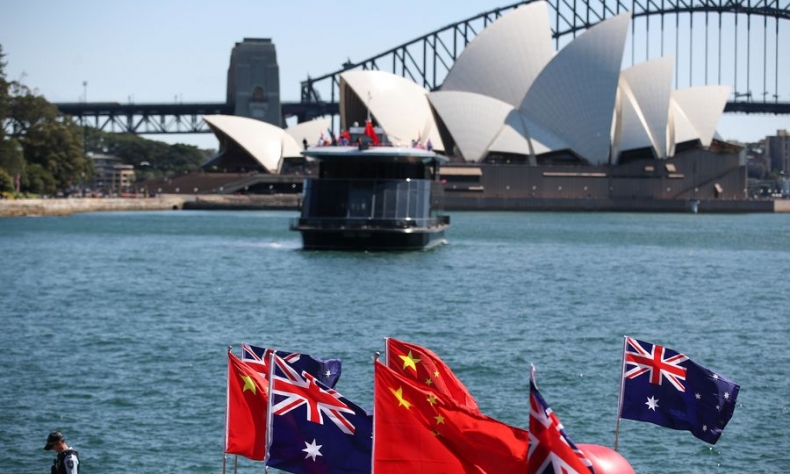
The biggest bilateral question will be whether leaders of Australia and China can build and maintain the kind of relationship that can avoid catastrophizing security dilemmas and remain focused on practical, day-to-day cooperation.
The visit by Chinese Premier Li Qiang to Australia at the end of this week, June 15 to 18, signals a new normal in the Australia-China relationship. With trade disputes of recent years largely resolved, can Australia and China find new opportunities to cooperate, despite being pulled in the opposite direction by the U.S.-China geopolitical competition?
Australia’s prime minister, Anthony Albanese, has spent a lifetime working with rivals to deliver practical outcomes in the national interest. How his relationship with Li Qiang develops could therefore hold the key to a more sustainable future between the two countries.
The confrontational approach of the previous Australian government coincided with Chinese sanctions against several Australian exports, such as wine, barley and beef. Since Albanese took office two years ago, his government has taken a more pragmatic approach to regional ties, and trade barriers have been gradually removed. This was well underway by the time of the visit to China of Prime Minister Albanese late last year.
The last of the restrictions, on Australian lobster, is widely anticipated to be removed soon, perhaps to coincide with the Chinese premier’s visit. That should help restore the healthy trade and investment relationship for the benefit of both countries. It couldn’t come at a better time, with both economies slowing.
Unlike the U.S. and Europe, Australia does not suffer a trade deficit with China. Indeed, Australia has enjoyed a trade surplus for decades, supplying China with critical inputs for its development and creating jobs in Australia, while China has supplied Australia with low-cost manufactures that have kept prices down for Australian consumers.
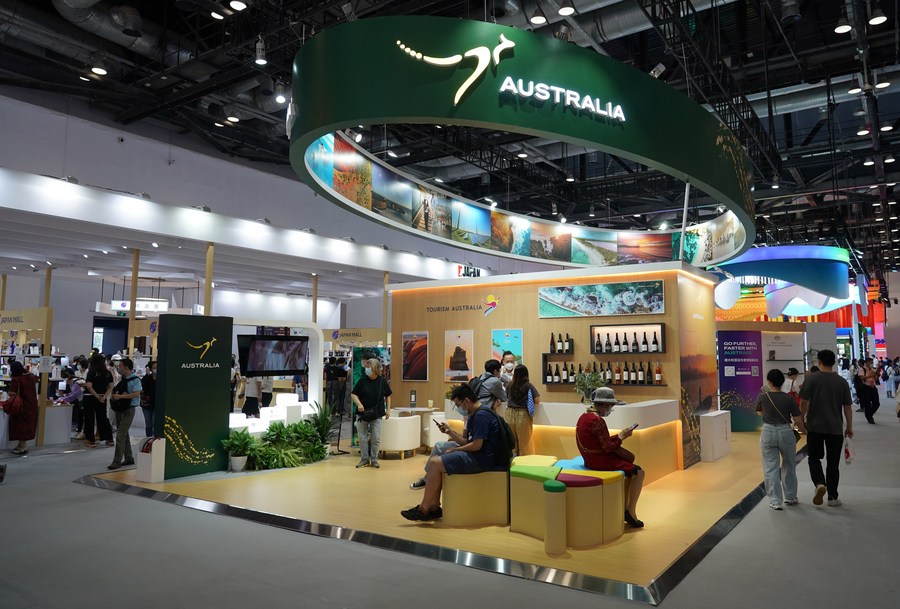
Australia has been a central player in developing the regional economic agreements for rules-based trade, from Asia-Pacific Economic Cooperation (APEC) to the Regional Comprehensive Economic Partnership (RCEP) and Comprehensive and Progressive Trans-Pacific Partnership (CPTPP). There is little constituency in Australia for embarking on a trade war with China, erecting protectionist barriers and attempting to slow China’s growth – all of which, to be sure, is the new agenda of the U.S. and Europe.
It therefore makes good sense for Australia and China to cooperate in strengthening the regional economic architecture that has delivered so well for the developing and developed economies of the Asia-Pacific over recent decades. Australia and China will both lose if the U.S. and Europe push the world to a new protectionism.
In addition to trade pressures, the Asia-Pacific confronts a difficult challenge to make the transition to the green and digital economy, while still providing growth and jobs in developing and developed economies alike. Here, too, Australia and China have shared interests in harnessing new technologies to build a more sustainable future. Premier Li is leading a large Chinese business delegation and will participate in a roundtable in Perth hosted by the Business Council of Australia on how energy, resources and greentech firms from both countries can collaborate.
The green transition is an existential question for the Pacific island countries that neighbour Australia. Citizens of the Pacific islands are tired of being treated as geopolitical pawns in the security competitions between greater powers. In recent times, both Australia and China have become more constructively engaged with the Pacific islands regional vision of a “Blue Pacific” that remains a zone of peace and is focused on sustainable maritime economies.
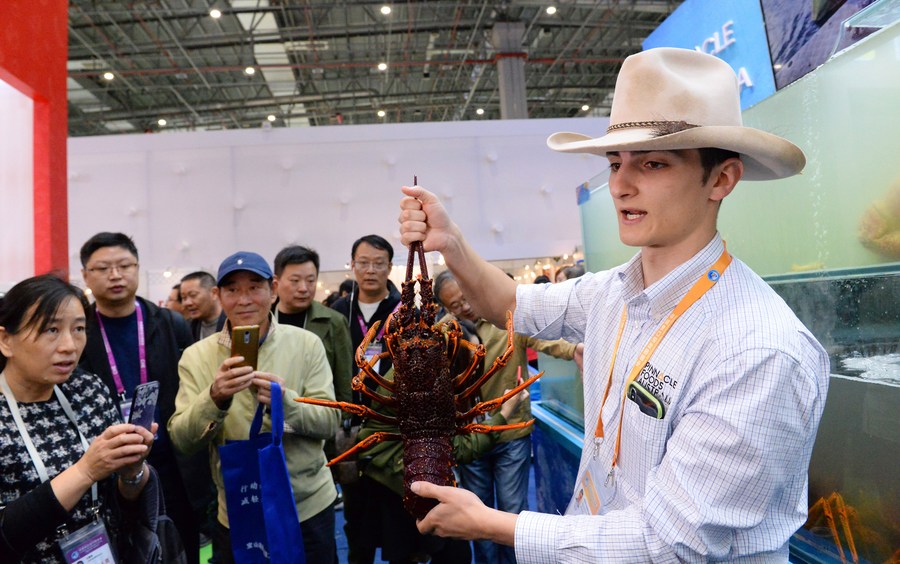
Some more cooperation on infrastructure connectivity to address Pacific island nations’ isolation from major markets would be more helpful than treating every piece of infrastructure there as a security asset. Most Pacific islands are independent nations and both Australia and China respect that. Further, both Australia and China could helpfully support a peaceful and sustainable continued decolonization process in the region.
The biggest bilateral question will be whether leaders of Australia and China can build and maintain the kind of relationship that can avoid catastrophizing security dilemmas and remain focused on practical, day-to-day cooperation. In gloomy times, the risk remains that both countries will increasingly eye each other as a security threat, particularly if there is further deterioration in relations between China and the U.S.
There are certainly differences of view between Australia and China when it comes to security, but also some shared interests. Australia has long been a strong supporter of UN peacekeeping operations, that help to protect civilians after parties in conflict have reached peace agreements. That China is now the largest UN Security Council contributor to UN peacekeeping is welcome.
Yet there is an irreconcilable difference in world views. China opposes U.S. hegemony in the Pacific, while Australia has since World War II been the region’s number one cheerleader for an overwhelming U.S. presence. Both positions are entirely understandable, but irreconcilable just the same. Hence, it is important to keep dialogue and avoid clash.
Nevertheless, sane heads are more likely to prevail when leaders know and respect each other. That’s why the visit by Li Qiang to Australia is important, and why a return to more regular leaders exchange in the future will help prevent misunderstandings and keep minds focused on mutually benefiting from a region at peace, at trade and in transition to sustainability.
The article reflects the author’s opinions, and not necessarily the views of China Focus.
 Facebook
Facebook
 Twitter
Twitter
 Linkedin
Linkedin
 Google +
Google +





